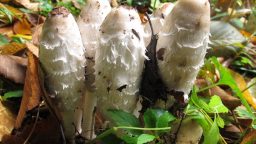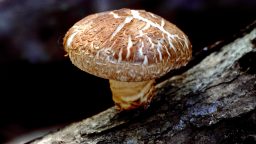Have you ever been tempted to try a wild mushroom but were too afraid? Everyone has an urban legend to share about a well-meaning hiker who ate a benign-looking wild mushroom and paid dearly for it. Undoubtedly, mushroom foraging is something of a science and deserves as much research before trying as gardening or raising livestock. Thankfully, there are a few foolproof (and tasty) species for beginners to sharpen their identification skills.
There are thousands of species of mushrooms in North America alone, ranging from delicious or medicinal to nontoxic to poisonous. Here are a few starter tips to consider when starting your mycology journey:
- Get to know what grows in your region. Just like wild edibles or garden vegetables, certain fungi thrive in different regions and climates.
- Keep samples to test before consuming. You can’t identify a mushroom just from one look. Carry a paper or mesh bag on hikes for each specimen you take home to examine. At home, you can take photos and examine its features to compare to an identification key
- Keep a hiking journal. Use this to note when and where you find certain fungi and to record your test results.
- Know the basic types of fungi:
Gilled mushrooms most closely resemble the button mushrooms you’d buy at the grocery store. They have thin, blade-like gills under their soft caps, and a defined stem. Polypore mushrooms grow in a stemless, shelf-like shape and have many tiny pores on their underside. Boletes are stemmed with large caps, but have an underside similar to polypores with many tiny holes. Puffballs look exactly how you’d imagine; like a puffball! They sometimes resemble misshapen marshmallows.
There are several gourmet species that are easy to find and identify, such as the Chanterelle varieties, Chicken-of-the-Woods, or Morels. Turkey tail polypores have incredible medicinal value and are fairly easy to spot, but have a nontoxic lookalike. Many puffballs are safe and delicious, but some underdeveloped poisonous mushrooms resemble puffballs. There are no one-step hard-and-fast rules to determine edibility or safety of a mushroom, such as “all bright-colored mushrooms are poisonous” or “all gilled mushrooms are edible.” Before determining a mushroom’s species, and therefore its usefulness, you will need to test it or ask help from a seasoned mushroom forager. The best way to get started is to get outside in your environment and start exploring! Soon enough, you’ll become your region’s mycology expert!
If you enjoyed this, you might also like….

